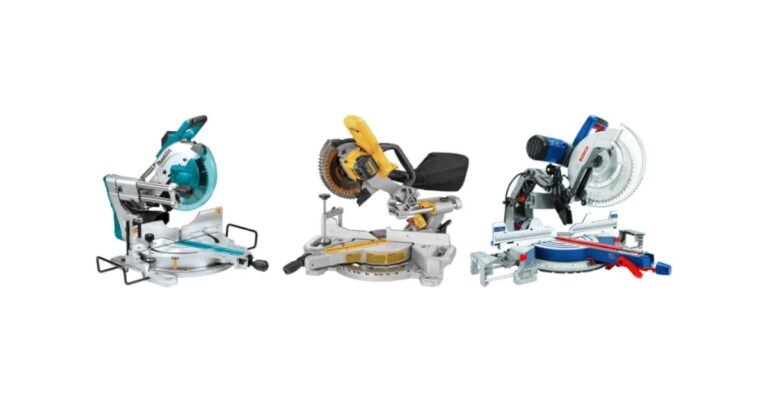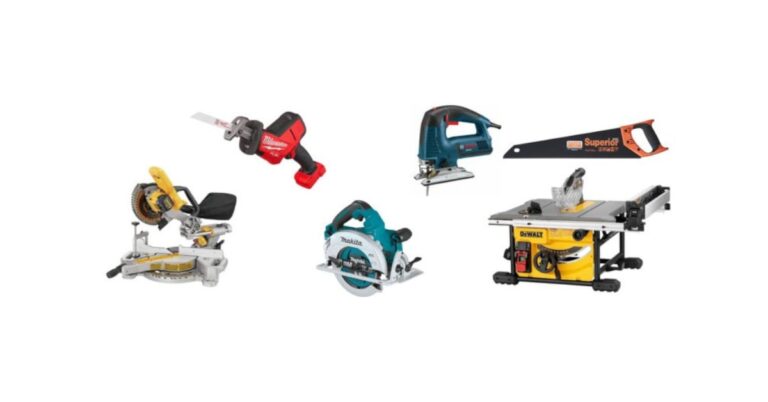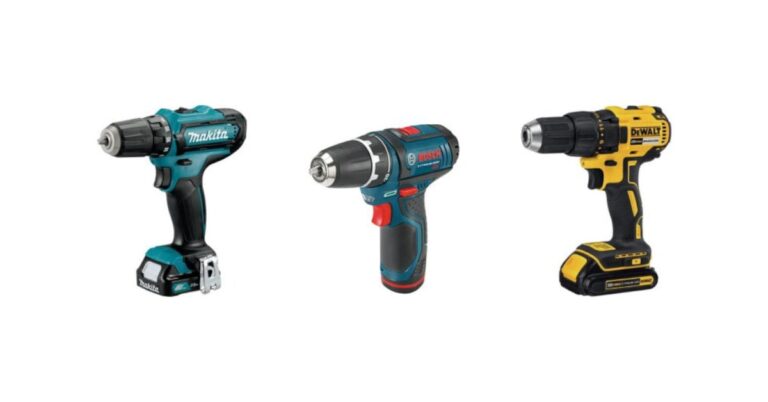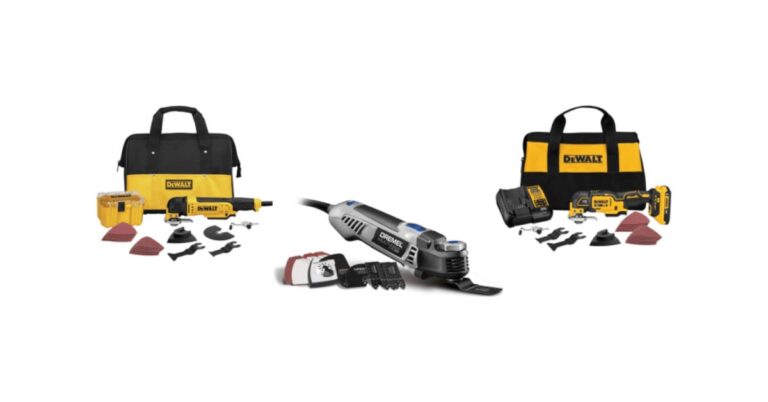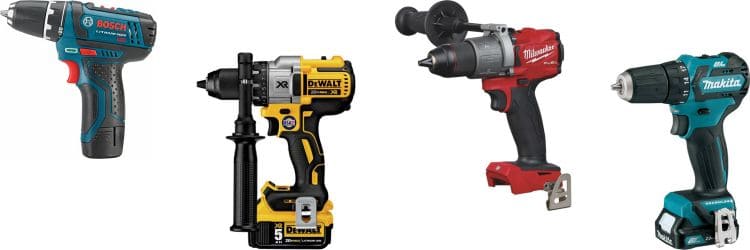Drilling into Brick with a Cordless Drill: A DIY Guide
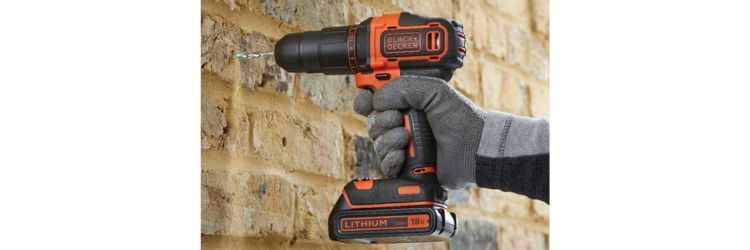
Drilling into brick may be necessary for a multitude of DIY projects, from hanging shelves to mounting decorations. While the prospect of drilling into brick might seem daunting, with the right tools and techniques, it can be accomplished with relative ease.
In this guide, we will walk you through the process of drilling into brick using a cordless drill, offering valuable insights and tips to ensure success.
Why Drill into Brick?
Before delving into the specifics of the drilling process, it’s essential to understand why you might need to drill into brick in the first place. Brick walls are commonly found in both indoor and outdoor settings and are often utilized in construction for their durability and aesthetic appeal.
Whether you’re renovating your home, installing outdoor fixtures or completing a DIY project, drilling into brick may be necessary to secure items such as shelves, pictures or light fixtures.
Equipment Needed
To effectively drill into brick, you will need the following equipment
| Equipment | Description |
|---|---|
| Cordless Drill | A cordless drill provides mobility and convenience, allowing you to maneuver freely while drilling into brick. Look for a model with a hammer function for optimal performance. |
| Masonry Drill Bit | Choose a masonry drill bit specifically designed for drilling into brick or concrete. These bits feature a carbide tip for increased durability and efficiency. |
| Safety Glasses | Safety glasses protect your eyes from debris and dust generated during the drilling process, ensuring your safety. |
| Dust Mask | A dust mask shields your respiratory system from harmful particles and dust, especially important when drilling into masonry materials. |
| Level (optional) | A level helps ensure precise drilling by indicating whether your drilling location is perfectly horizontal or vertical. |
| Wall Plugs | Wall plugs, also known as anchors, provide stability and support for screws when inserted into brick walls. Choose plugs that match the size of your screws and drilled holes. |
| Pencil | A pencil is used for marking the drilling location on the brick surface, ensuring accuracy and alignment. |
Steps
Now, let’s look at the step by step process of drilling into brick with a cordless drill
Prepare the Work Area
Clear the area around the drilling spot to create a safe and accessible workspace. Remove any obstacles or debris that may obstruct your drilling path.
If precision is crucial, use a level to mark the drilling location precisely. This ensures that your fixtures will be properly aligned once installed.
Choose the Right Drill and Bit
Select a cordless drill equipped with a hammer function, which provides the necessary power for drilling into masonry materials such as brick.
Choose a masonry drill bit designed specifically for brick or concrete. These bits feature a robust carbide tip that can penetrate hard surfaces with ease.
Safety First
Prioritize safety by wearing protective gear, including safety glasses and a dust mask. These items will shield your eyes and respiratory system from debris and dust generated during drilling.
Drilling Process
Set the cordless drill to the hammer function mode, if available. This mode enables the drill to deliver rapid, repetitive blows that help penetrate tough materials like brick.
Begin by drilling a pilot hole to guide the larger bit and prevent the brick from cracking. Apply steady but gentle pressure while drilling, allowing the drill bit to penetrate the brick gradually.
Periodically pause drilling to clear away dust and debris from the hole, ensuring smooth and efficient progress.
Using Wall Plugs
Wall plugs are essential for providing a secure hold for screws in brick walls. Choose plugs that match the size of both your screw and the drilled hole for optimal performance.
Insert the wall plug into the drilled hole until it sits flush with the surface of the brick. This ensures a tight fit and maximum stability for your fixtures.
Tips and Tricks
To further enhance your drilling experience and ensure successful results, consider the following tips and tricks:
Use a Fresh, Sharp Drill Bit: Ensure optimal performance by using a high quality masonry drill bit that is sharp and free from damage. Dull or worn out drill bits may struggle to penetrate hard surfaces like brick effectively.
Mark the Desired Depth: To maintain control over the drilling depth and avoid drilling too deeply, mark the desired depth on the drill bit using tape. This simple technique helps prevent accidental damage to underlying structures or wires.
Vacuum Dust Regularly: Keep your work area clean and free of dust by using a vacuum or dust extractor to remove debris during drilling. This not only improves visibility but also prevents overheating of the drill motor.
Consider a Corded Hammer Drill for Tougher Jobs: For larger holes or particularly hard brick, consider using a corded hammer drill for additional power and torque. Corded drills typically deliver higher RPMs and are better suited for heavy duty drilling tasks.
Conclusion
In conclusion, drilling into brick with a cordless drill is a manageable task that can be accomplished with the right tools and techniques. By following the step by step guide outlined above and adhering to safety precautions, you can successfully complete various DIY projects requiring drilling into brick.
Remember to consider alternative options, such as using a corded hammer drill for tougher jobs, to ensure efficiency and precision in your endeavors. With practice and patience, you’ll be drilling into brick like a pro in no time!

